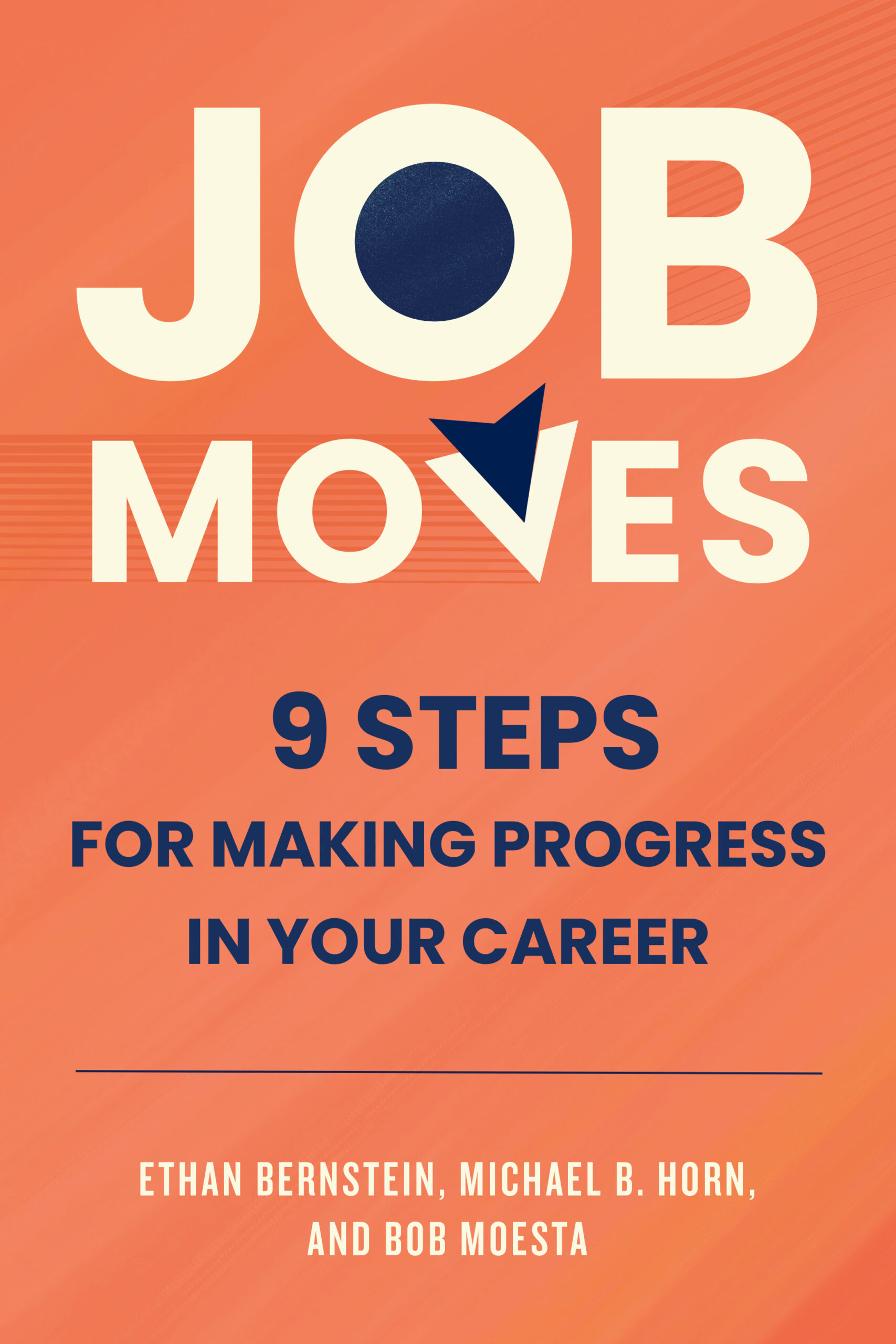
Meet the Metaverse
It’s hard to decide which recent “metaverse” headline has felt more unreal.
On one hand, consider Facebook’s rebranding itself as Meta—a nod to the shared virtual spaces where the company believes its future lies. In this vision, large groups of individual users will meet in an immersive, simulated, digital environment, where they’ll work, study, create, and form relationships that mix avatars and real-world elements to varying degrees. On the other hand, there was Meta’s subsequent 60-second Super Bowl commercial, which featured an animatronic dog reuniting in virtual reality with its animatronic friends, and which cost the company an estimated $13 million.
Either way, both showed that the hype behind the metaverse is real, even if the metaverse itself does not yet actually exist. Within two months of Facebook’s transition to Meta, Google searches for “metaverse” increased by roughly 20 times and the term was mentioned in 12,000 English-language news articles. The year before, it had been mentioned just 400 times.
Educators excited about the future of technology haven’t missed a beat, and they’ve jumped on the metaverse bandwagon too. The Brookings Institution released a policy brief warning that “when education lags the digital leaps, the technology rather than educators defines what counts as educational opportunity.” The authors recommend that researchers, educators, policymakers, and digital designers should get ahead of the trend while the metaverse is still under construction.

0 comments